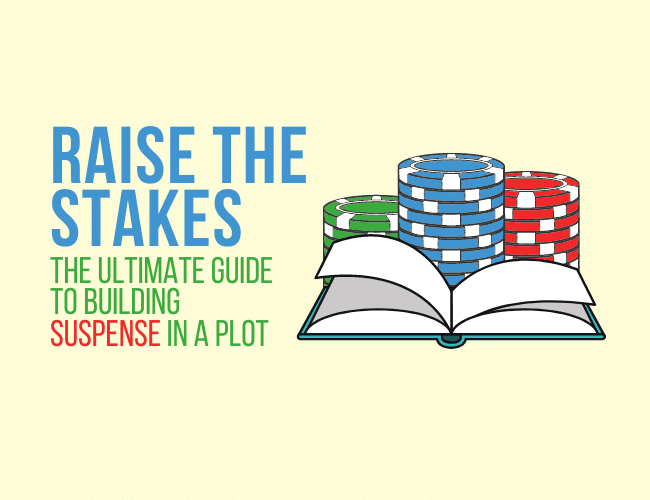
by Joslyn Chase |
As a writer, you know building a foundation for your story, like a hook and sympathetic character, will allow you to grab readers right out of the starting gate. But once you’ve done this, do you know how to raise the stakes?
While a high stakes beginning grabs readers, it will only excite you and your reader for a few scenes. Without elevating stakes, your reader’s excitement about the plot will wear off if nothing bigger happens. Any interest in your story as a whole will flatten.
It’s human nature. We become inured. But you can avoid this happening by making the path of your book less like that flatland racetrack, and more like a jagged mountain range. With ups, downs, and an overall rise to the finish.
In this article, the word of the day is “stakes.”
As your story’s conflict progresses, the risks to your main character must intensify, keeping the reader invested in turning pages to find out what happens. Once you’ve laid the foundation for high suspense and captured your reader’s attention, you need to up the ante. Similar to the stakes of a hand of poker.
Finding ways to do this is not always easy, but when you put forth the effort, the results can be spectacular!
And there are practical strategies and tips you can use to do this.
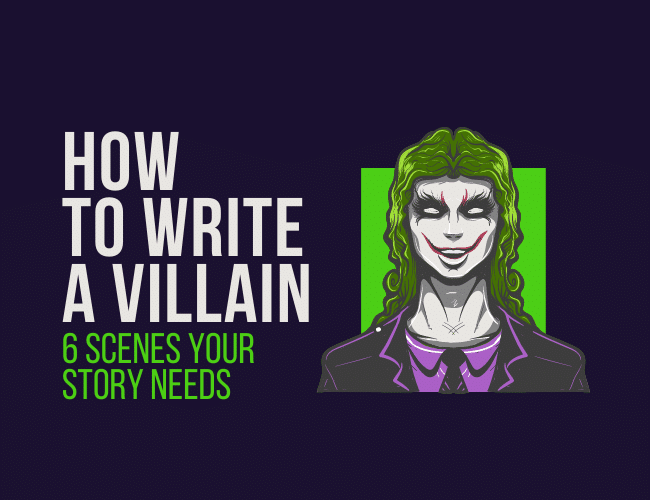
by Jeff Elkins |
Without the White Witch, Aslan is just a recluse lion. Without Moriarty, Sherlock is just a know-it-all in a weird hat. Without the Joker, Batman is just a rich dude with anger issues and too much time on his hands.
Our villains make our heroes. Without them, our heroes can’t shine. That’s why it’s important to give our villains scenes where they can wow us with their quirks and scare us with their ferocity.
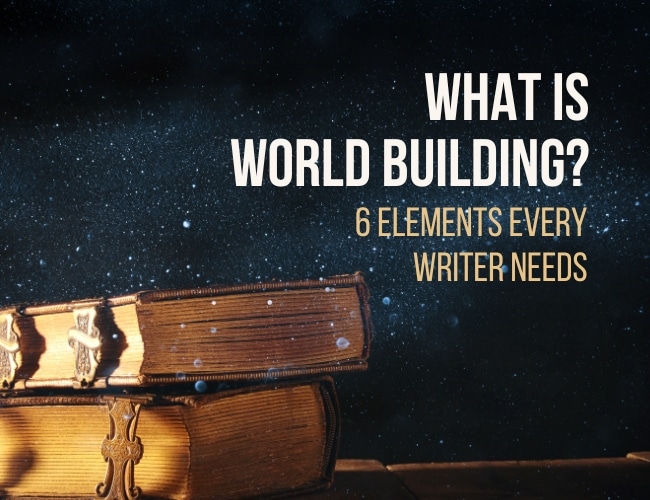
by Guest Blogger |
World building refers to the process of creating a fictional or imaginary world for your story. It involves constructing an entire universe, complete with its own history, geography, culture, and society. This world must be believable and immersive enough to transport your readers into it.
To effectively build a world, you need to consider various elements such as the physical environment, the political system, social structure, norms, values and more.
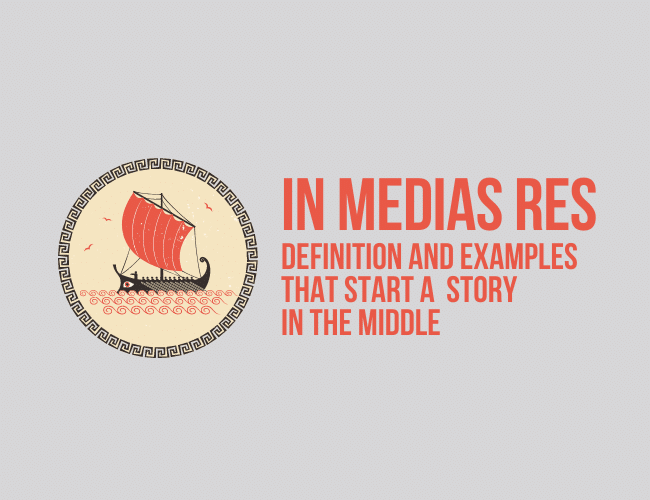
by Liz Bureman |
Beginning writers often start stories with a ringing alarm clock, following the protagonist’s daily routine. But what if there’s a better place to begin the story? One that will hook your reader and keep them turning the page? Ancient storytellers understood the power of beginning in medias res. Let’s find out what it is and how you can use it for your story today.
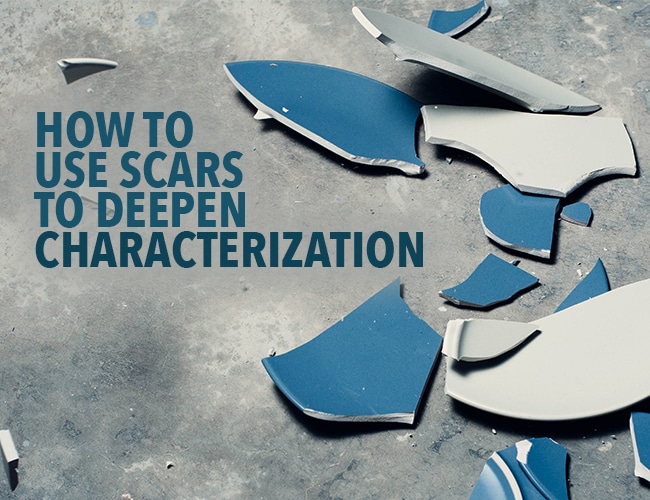
by Sue Weems |
Sometimes I have students who say they don’t like to write. I suggest that perhaps they haven’t found a subject or story worth writing yet. Then I ask them if they have any scars.
Inevitably, the stories pour out of them, and they point to their arms, their foreheads, and their legs revealing skateboarding mishaps, fights, and sometimes deeper trauma.
Scars often hold an entire world of story. We wanted something and the pursuit of it left a mark.
Giving a character a scar can be a cliché or it can be a fast-track to deeper character development. When you’re creating characters with scars, execution is key.

by Pamela Fernuik |
There are several ways to reveal who your character is in a story: through how they dress, their posture, and through what they value. But the best way to determine who your character is is through their action.
Not sure what your character might do? Put them through the Starbucks Character Test.





